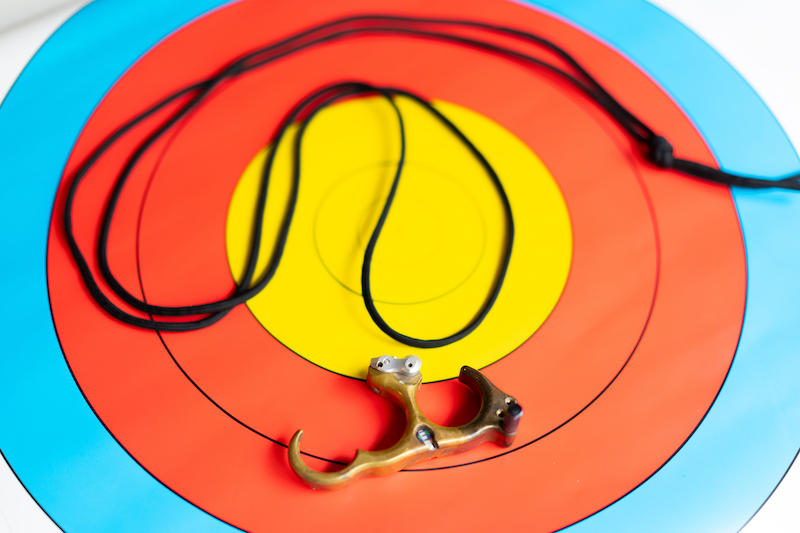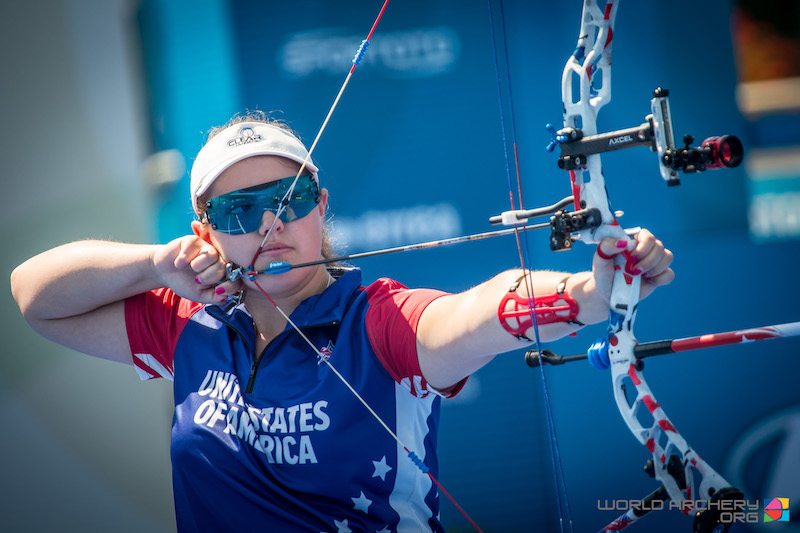Do you wind up your index finger before slapping the trigger? If yes, you might benefit from using a hinge release.
Punching a release-aid’s trigger is a common bad habit among archers. It usually causes them to tense-up and jerkily hit the trigger, which sends the arrow off course. Archers have several ways to break that habit, but one of the best solutions is switching to a hinge release, which has no trigger.
What’s a Hinge Release?
A hinge release, sometimes called a back-tension release, is a handheld release that fires by rotation. To make it go off, archers rotate the release from their index finger to their ring finger. The principle is to draw the bow mostly with your thumb and index finger, and then transfer the weight to your middle and ring finger until the shot breaks.
Drawing a Hinge Release

Drawing a hinge takes practice, and it’s possible to accidentally release the bowstring before reaching full draw. Therefore, when you first try one, use a shot trainer or a string tied in a loop. Also, set your release-aid so it requires lots of rotation to set off. After practicing on a shot trainer, move on to your bow, and practice drawing and letting down. Once you’re comfortable drawing a hinge, it’s time to learn how to set it off.
Hinge Release Techniques
Archers use several methods to rotate hinge releases. Your technique depends on personal preference. These common methods will get you started:
- Rotate the release from your thumb to your ring finger by manipulating the release with your hand.
- Relax the back of your hand. As your hand relaxes, the release naturally rotates.
- Transition the weight from your thumb and index finger to evenly distribute it across your index, middle and ring fingers. Next, pull your elbow behind and around your head to build pressure. The added pressure sets off the release.
Hinge Setup

As you experiment with these techniques, you’ll find what works best and develop your style. Another experiment is learning how much rotation sets off the release, and whether to use a “click” or “no click.”
A release requiring little movement to go off is called “hot,” and a release requiring lots of movement is called “cold.” Start with your release set cold, and slowly adjust it hotter. You want it to easily go off, but not too easily. By experimenting you’ll find your “Goldilocks” setting of “not too hot, not too cold.”
Most hinge releases can be set to click, which signals when it’s close to firing. Some archers find that helpful for setting up their shot. They’ll rotate the release until it clicks, and then start their shot-execution process. This feature is especially helpful if some shots go off quickly and others take a long time. The click gives a consistent starting point for the travel required to set off the release.
If you need help mastering a hinge release, find a coach at an archery shop by clicking here.




